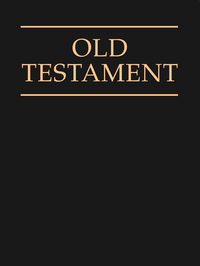See the icons used for the links to the available media types for an article
Search the full Interpreter Foundation Bibliography
Advanced Search of the full Interpreter Foundation Bibliography
This form allows you to perform an advanced search. You only need to fill in one field below. This can be any field. If you select "not" as your match criteria, you must select at least one other field.








